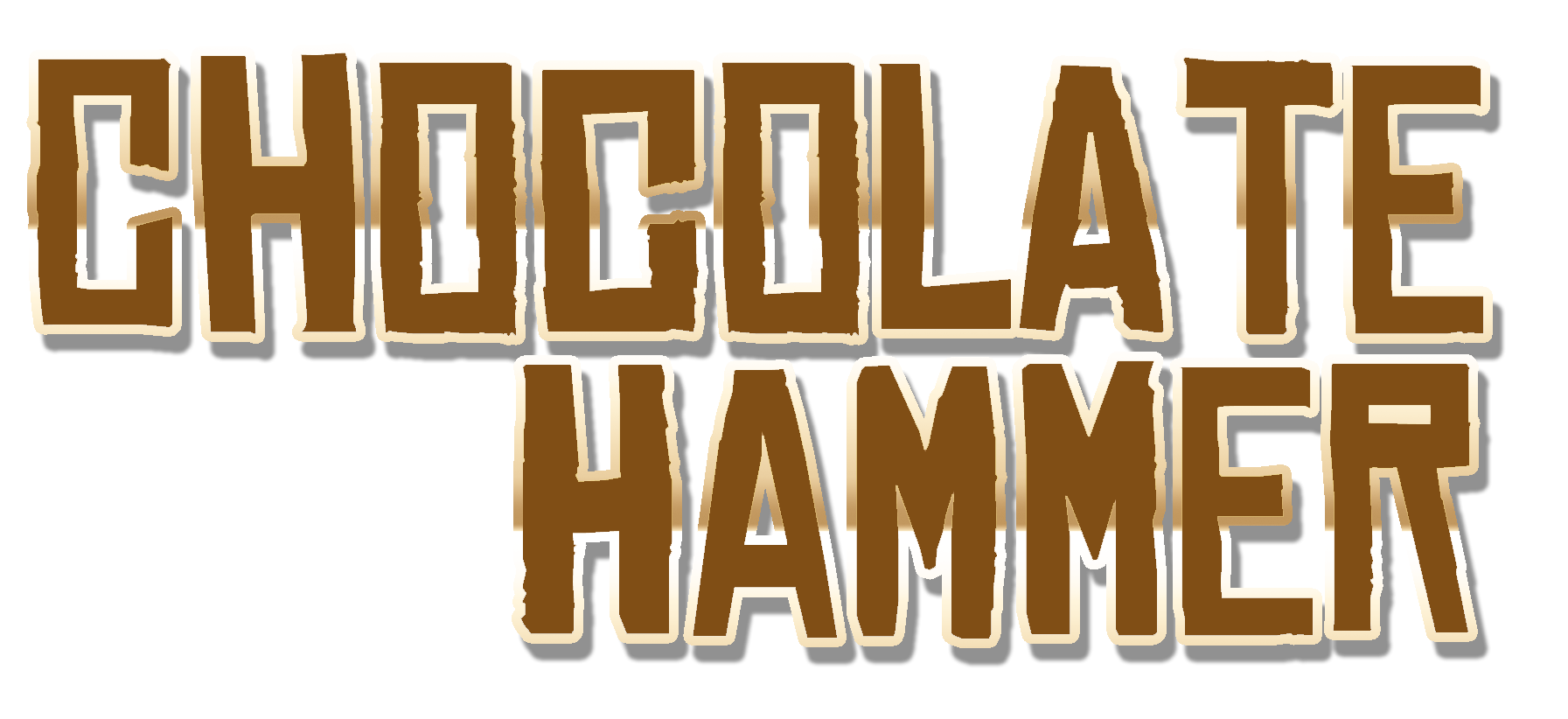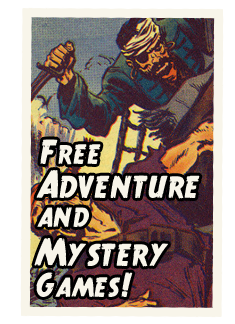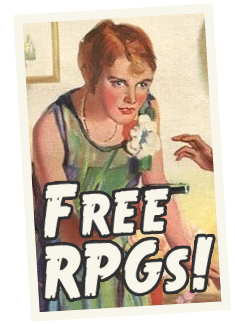World Creation: Full Steampunk Ahead
In the following series, we take our first steps into the dank and murky waters of unrepentant nerdliness, wading blindly forward to a point of no return. Follow if you will.
In this series of posts, I will be chronicling an ongoing project. What I am to do is create a world: more specifically, a fantastic world, a world that is to be used for various purposes of storytelling.Why? For fun, if you can believe that. To write about in the future, to use for Dungeons and Dragons campaigns–the sky’s the limit, really.
I intend for the series to fulfill several functions. It give me an outlet for creation, a place to sound off and possibly hear suggestions. It will examine the process of creating a fantasy world, and give a look as to what goes into designing the setting, characters, factions. To some degree, it will deconstruct fantasy as a genre, dissecting the various tropes and commonalities of settings. Also, it will cure leprosy and purify drinking water.
Granted, what I intend and what I accomplish have, traditionally, respectfully disagreed.
Without further ado, the series begins.
I knew when I began that I wanted to create something with a steampunk flavor. For those who aren’t up on their geeknobabble, “steampunk” refers to a setting with an outdated aesthetic, but futuristic technology. At its weakest, this can simply refer to settings where gears replace circuits and steam power appears common. At its strongest, this implies top hats, monocles, brass bolts, leather interiors, ball gowns, etc. Examples of the form can be found in the popular webcomic Girl Genius, written by Phil Foglio.
A steampunk setting appeals to me for a variety of reasons.
1.) Steampunk is different.
Most fantasy settings are, obviously, Ye Olde Vaguely European Middle Ages. This is largely because most of western mythology, the basis for modern fantasy, is based in this time period. Knights, dragons, kings, obtuse accents, the whole nine yards. This isn’t bad, per se, but it’s beginning to feel a bit stale. Go to a local bookstore or library and head for the fantasy section. Get a list of 20 fantasy books. Chances are, these books will have at least four of the following elements:
- Guy with a glowing or obviously magical sword
- Girl whose tailor must have charged by the square inch
- Dragon
- Elf
- Prophecy of some thing wanting to conquer and/or destroy the world, and only the hero being able to stop it.
- Monarch
- Wizard dressed in flowing robes
- Some ostensibly good force working on behalf of Nature. In case you didn’t get the memo, Nature=Good, Humans=Bad.
A fantasy enthusiast could be forgiven for getting a certain sense of déjà vu after a while.
A fantasy enthusiast could be forgiven for getting a certain sense of déjà vu after a while.
It’s not that it’s impossible to create a new or interesting medieval fantasy setting. Eberron has some good ideas, and some of Salvatore’s work occasionally showed that he was capable of writing something beyond the standard fare. I myself have, with a friend, created a fairly unique universe. It’s just that steampunk, being more of a mood than a setting, resists falling into certain ruts. It feels like you’re beginning with more of a blank slate, which is part of the idea here.
2.) Steampunk has better technology.
Technology can be cooler than magic. On some level, magic is invisible. Even when you see the generic, seizure-inducing swirls of psychedelic energy, whatever is causing the cup to fill with water, the wounds to heal, or the building to blow up is somewhere behind the curtain. On the other hand, technology is very visible. Everything about a steampunk apparatus is right there in front of you: gears turn, steam rises, pistons pist, and everything clanks along towards the desired objective. To some people, myself included, actually seeing how something works can invoke wonder beyond that of magic.
Plus, there are some elements of technology which I find useful in storytelling. Guns, for example: they’re more dramatic than a bow, and level the playing field for nonwizards. Technology is also more novel than magic. A dragon is old hat; an airship, less so.
3.) It felt right.
I’ll be honest: some of the above reasoning is rationalization after the fact. I decided I was going to do a steampunk setting before I ever really weighed the pros and cons. When I set out to create something, I felt on some instinctive level that this was the way to go, and I trust that instinct. When you’re beginning on a creative endeavor, instinct is infinitely superior to reason.
Obviously, this series is to be continued.
EDIT: I spent perhaps half an hour writing this post. I spent another half hour wrangling WordPress. The formatting is still messed up all to hell.
This is not conducive to the goddamn creative process.







Did you know how many ‘punk’ sub-genres lurk in the wide world? There’s even an ‘elfpunk’ out there. Be still my heart!
I look forward to hearing more about your world, though. Steampunk is fascinating.
I’m holding out for “Realitypunk”.
As a fan of Foglio’s work, if not his rate of production, I’m looking forward to seeing what you can do in that kind of a setting.
Hi. I think you could also make more of it through a bigger exposure about \”World Creation: Full Steampunk Ahead\”. Perhaps you can have some world chocolate producers.
Gonzalo–can I call you Gonzalo?–I’m afraid that your suggestion lacks in clarity what it possesses in sincerity.
To put it another way: could you perhaps clarify slightly?
[…]Girl whose tailor must have charged by the square inch[…]
I always feel sorry for that poor girl, and keep trying to offer her my coat before I remember she doesn’t exist.
Steampunk, whilst being the most common of the punks, is still rather uncommon compared to the generic fantasy setting. It kinds of bugs me how games (in general, not just roleplaying) seem to believe in only two time periods: faux-medieval, and modern day. If you’re lucky, you might get to go back as far as World War II. But most other time periods are severely underrepresented, even Westerns. It’s bizarre.